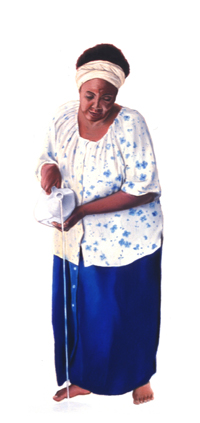September 27 to October 25, 2008
- Reception: Thursday, October 2, 6-8 p.m., gallery lounge
- Introduction by co-curators Joan Stolz and Matthew Watt
- Artist’s talk by Michael Dinges
- Music by pianist Kristina Engberg
Participating Artists:
- Mary Borgman
- Saul Chernick
- Michael Dinges
- Alex Donis
- Ed Fernandes
- Cheryl Goldsleger
- Michael Reedy
- Kristin Skees
- Nancy Wolf
Curated by Joan Stolz and Matthew Watt, both faculty in Art and Design at Parkland College, the exhibition included nine established artists from around the country, including Mary Borgman, Saul Chernick, Michael Dinges, Alex Donis, Ed Fernandes, Cheryl Goldsleger, Michael Reedy, Kristin Skees, and Nancy Wolf. Works chosen for this exhibit reveal artists with varying points of view: some personal, some formal, some political; yet they all retain the immediacy of the best of drawing, the tactile feel of how a mark is placed.
The exhibit’s coordinating artist lecture series continued this semester, with Michael Dinges speaking on Thursday, October 2 at 1 p.m. in the gallery. He will provide an in-depth discussion about his work and life as an artist. Dinges, represented by Packer Schlopf Gallery in Chicago, earned his MFA from the University of Chicago in 2007; was a finalist for the 2007 Illinois Arts Council Fellowship Award; and has exhibited his work at numerous art venues including a 12 x12 Exhibition at the Museum of Contemporary Art.
Dinges’ reinterpreted found objects, like 5-gallon buckets and mass-produced PVC pipe, provide a cultural investigation into American iconography and ideals. “I use the traditional practices of scrimshaw and trench art to comment on the changing nature of labor and global trade,” he said. “I have chosen to do my engravings on PVC plastic because it is both ubiquitous, such as bone was in the nineteenth century, and toxic in nature, a threat to one’s life, such as artillery shells. PVC is reminiscent in color and texture to ivory and it can be glued together in the form of vessels that are present in trench art.”